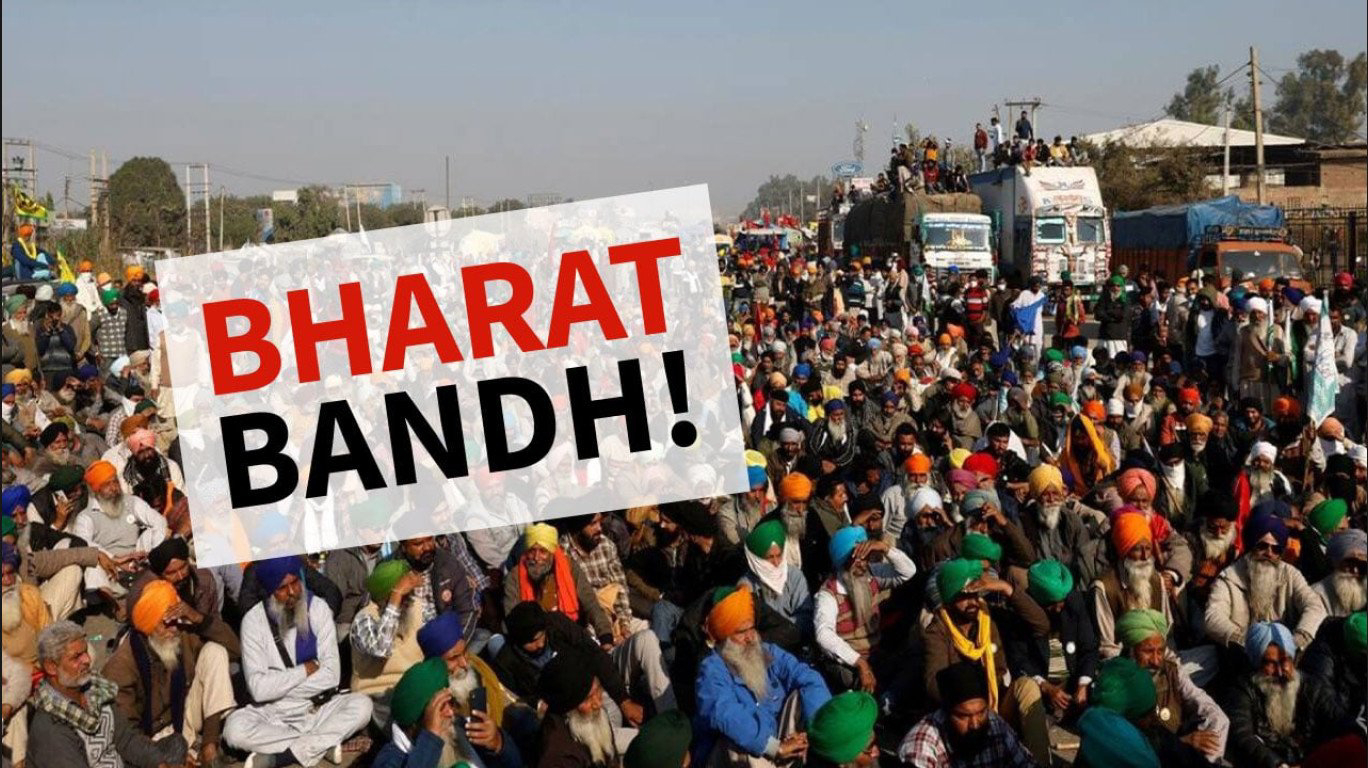As a university student with a passion for media and communications, the opportunity to visit Radio Mirchi in Jalandhar, Punjab was a dream come true. Radio Mirchi, one of India's leading radio stations, is renowned for its lively shows, music, and engaging hosts. This trip promised not just a glimpse but an immersion into the world of radio broadcasting.
The excitement was palpable as I set off on the journey to Radio Mirchi. Located in the heart of Jalandhar, the station's reputation preceded it. The anticipation grew with every passing mile, imagining the buzzing atmosphere behind the studio doors.
Upon arrival, we were warmly welcomed by the station staff. The studio itself was a marvel, with brilliant equipments and a vibrant atmosphere. It was fascinating to see how each element of a radio show comes together, from the sound mixing boards to the recording booths.
One of the highlights of the visit was meeting the hosts behind the voices we hear on air. They were incredibly welcoming, sharing insights into their daily routines, how they prepare for shows, and the spontaneity required for live radio. It was inspiring to see their passion for connecting with listeners and creating engaging content.
Beyond the on-air charisma, we got a glimpse into the meticulous planning that goes into each show. From scripting to selecting music playlists, every aspect is carefully curated to deliver the best experience for the audience. The energy and creativity behind the scenes were truly impressive.
Our visit wasn't just observing from afar; we were encouraged to participate in interactive sessions. We had the chance to try our hand at announcing, creating mock segments, and even engaging in live sessions. It was a hands-on experience that brought the theory of radio broadcasting to life.
As the visit came to an end, I left with a newfound appreciation for the world of radio broadcasting. The trip to Radio Mirchi was not just educational but also deeply inspiring. It highlighted the power of audio storytelling and the impact radio can have on its audience.
Visiting Radio Mirchi in Jalandhar was an unforgettable experience. From witnessing the magic behind the mic to interacting with passionate hosts, it was a journey that illuminated the artistry of radio broadcasting. As a university student aspiring to work in media, this trip was not just a glimpse into a studio but a step closer to realizing a dream.













